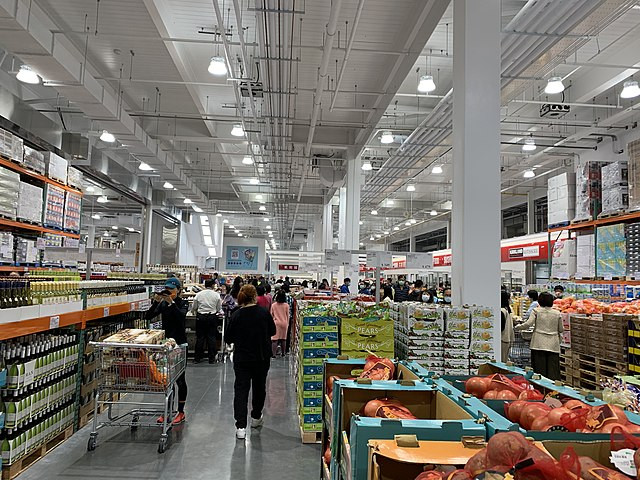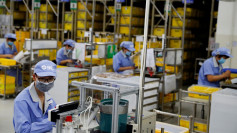Producer prices in the United States remained flat in February, offering some relief to inflation concerns just as President Donald Trump's administration moves forward with controversial tariffs on steel and aluminum imports. According to data released Thursday by the Bureau of Labor Statistics (BLS), the producer price index (PPI)-which measures what businesses receive for goods and services-was unchanged last month, following a revised 0.6% increase in January.
The core Producer Price Index, which excludes the volatile food and energy sectors, unexpectedly declined by 0.1%, defying analyst expectations of a 0.3% increase. This marked the first negative reading in core PPI since July, hinting at reduced price pressures at the wholesale level.
Financial markets responded positively to the data. Futures, which had been in negative territory earlier in the morning, rebounded modestly following the announcement. Investors interpreted the PPI figures as a sign that inflation remains under control despite ongoing anxieties surrounding the Trump administration's new tariffs on steel and aluminum imports.
The European Union and Canada have already announced retaliatory tariffs in response to the U.S. levies on imported metals. Concerns remain about the potential inflationary impact as higher tariffs may push up costs of consumer goods in coming months.
Ben Ayers, senior economist at Nationwide, noted the significance of the latest data: "After hotter readings in December and January, flat producer prices for February should provide some assurances that inflation isn't taking off again."
Yet analysts caution this temporary reprieve may not last long, with impending tariffs from President Trump raising the possibility of renewed price spikes. Joe Brusuelas, chief economist at RSM US, described the current stable price data as "the calm before the storm," predicting future price hikes as tariffs start to take effect.
Recent movements in specific categories of goods also reflected a mixed inflation landscape. The price of chicken eggs surged 28.1% in February from the previous month, according to the Bureau of Labor Statistics, driven primarily by supply disruptions from outbreaks of avian flu. On a year-over-year basis, egg prices skyrocketed by 136.6%.
However, price pressures in the broader agricultural and food sectors were comparatively muted, helping offset sharp increases in certain individual commodities. Excluding food and energy, final demand goods prices rose modestly by 0.4%, the fastest monthly increase since January 2023.
Federal Reserve officials have emphasized their cautious stance on inflation, particularly amid uncertainty over trade policy impacts. Despite the February PPI figures, market expectations remain nearly unanimous that the Fed will keep interest rates unchanged at its upcoming meeting next week.
Elizabeth Renter, senior economist at NerdWallet, observed that even businesses not yet directly affected by tariffs might proactively raise prices in anticipation of increased costs due to a potential trade war. "Businesses, like consumers, don't necessarily wait for direct impact before taking action," she wrote.
Inflation data this month has been closely watched amid President Trump's broader economic agenda, which seeks significant tax cuts funded by sweeping spending reductions. Elon Musk, leading the Department of Government Efficiency (DOGE), has targeted federal programs, including Social Security, claiming rampant waste and fraud, a claim widely disputed by economists and government officials.






